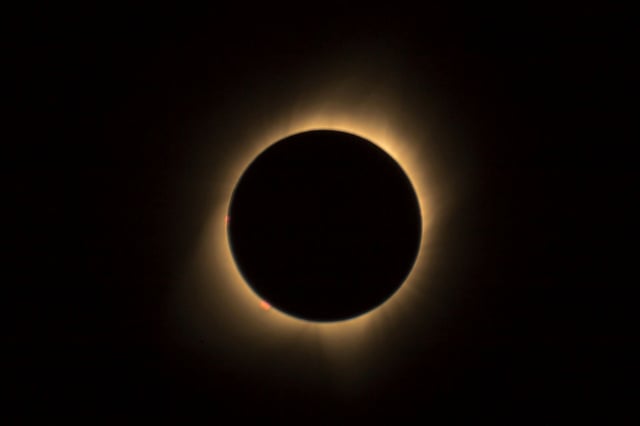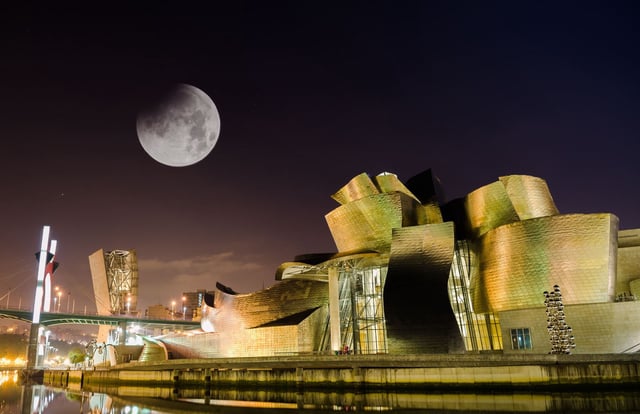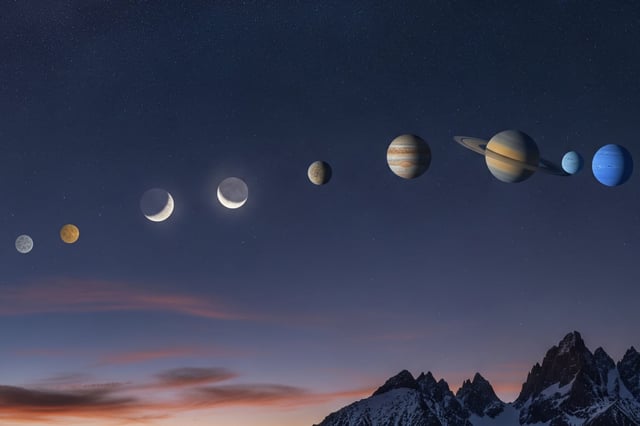Overview
- The Perseid meteor shower will reach its annual peak on the night of August 12–13 as Earth crosses debris from comet 109P/Swift-Tuttle.
- An 84 percent illuminated waning gibbous moon is forecast to wash out as many as three-quarters of the meteors, though the brightest trails should remain visible.
- Experts advise seeking remote, low-light locations, orienting gaze away from the moon and allowing at least 20 minutes for eyes to adapt to the dark.
- August’s full “Sturgeon Moon” on the 9th draws its name from indigenous fishing lore and precedes three supermoons scheduled for October through December.
- NASA has confirmed Spain will experience total solar eclipses on August 12, 2026 and August 2, 2027, and has debunked claims of a long eclipse in 2025.



